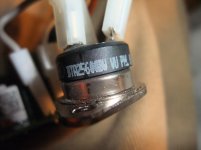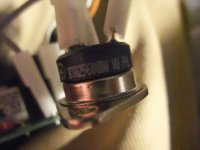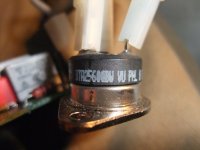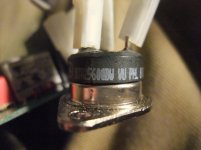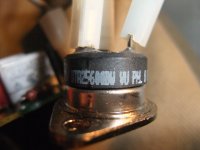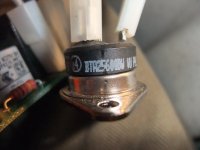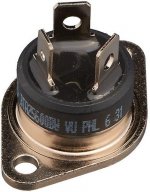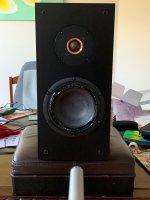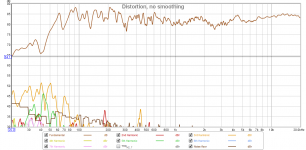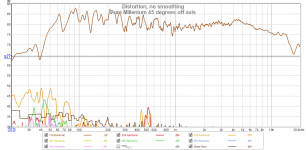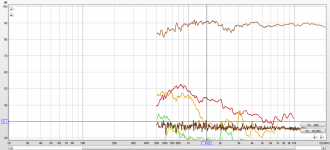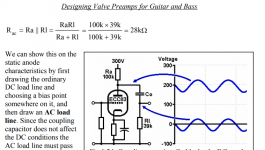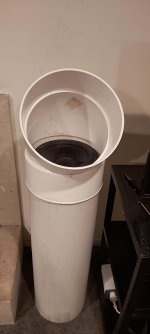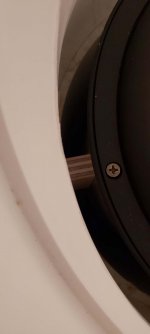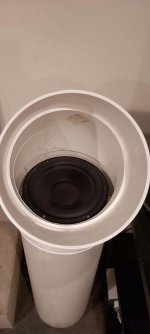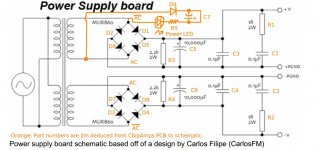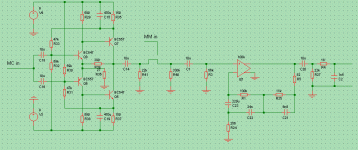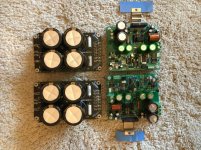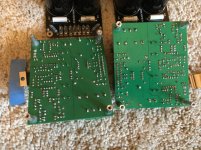Hi All,
I’m new to this forum making my first post. I have been somewhat hesitant because after looking around a little bit at old posts I’m surprised how quickly replies get really rude and nasty. I was hoping to find an audio DIY forum to be very open minded community to new brave ideas and different thinking instead I find a lot of Internet trolls lurking in the shadows screaming not-scientific, snake-oil, and worse.
I have been working as an electronics engineer for almost 40 years and have had my share of “science” during my university education and all my years as an R&D engineer. Science is not an absolute truth, science is constantly challenged, reevaluated and changing. “Science” is normally the best understanding and explanations we have available for the moment. If people aren’t willing to be open to new and different thinking the science will not progress and evolve. When you practice R&D engineering every day for a working life you run into many situations where you can’t explain the results with known knowledge. Sometimes these “mysteries” are explained years later due to advancements in new measuring equipment or gained understanding in complex interactions.
The human hearing is a very complex interaction between the pressure waves reaching our body and the brain’s interpretation of the stimulus. In audio we can’t hear everything we can measure and we can’t measure everything we can hear. I’m convinced that we will find different measuring techniques in the future that will quantify things we can’t today. A wise man said that there are 120 different ways to measure an amplifier but we have only been able to come up with the first 20 so far.
The laws of physics are fixed some might say and you can’t change them. Well I say the laws of physics are an attempt to mathematically represent what is going on around us. All these representations are more or less flawed but we are continually tweaking them as we are gaining more insight and understanding.
Legends in the audio field like; Andrew Jones, Nelson Pass, Karl-Heinz Fink, Jürgen Reis all rely on measurements in their work but all of them say that different circuits and components can sound different even if the measurements can’t tell them apart. I highly respect the insight these men and others in the audio field have acquired during lifelong commitment. So all of you Internet trolls screaming snake-oil behind the keyboards that have not paid your duce with your own first hand practical experience on subjects, your input is of no interest to me.
Am I saying there isn’t snake oil in the audio business? In audio, like in any other business, there will be questionable products and people trying to make easy money at the same time as there will also be devoted, honest, hardworking people bringing you their dream product.
Some products will be priced for a small very wealthy group of people which pay more for the exclusiveness rather than for actual performance benefits. If they are paying for snake-oil and are happy, why take that joy from them? It’s not your hard earned money at stake.
“- One man's ceiling is another man's floor” – Paul Simon
I’m hoping to get in touch with people that have experience from making their own DIY power cables. My own experience with power cables for audio equipment is rather limited. I have had the opportunity to listen to a handful of different commercial cables at home in my own HiFi-system. Of them the most expensive was priced to about EUR 600. Some of them didn’t make much of a difference compared to a basic cheap EUR 5 cable, but a few of them presented a clear audible difference. It is without a doubt to me that some power cables can have an impact to the sound, something I hadn’t been able to hear for myself until a few years ago. If not better or worse so at least different. But to my belief no high-end audio power cables can justify a price tag over EUR 9 000 for me. I will rather spend that kind of money on something different. But apparently there are enough people out there buying these products to keep many manufacturers in business. And that is fine with me, but not for me.
I’m looking to make a few good sounding (see note 1) power cables for my own HiFi-system with parts for around EUR 100 / complete cable (or less). Maybe EUR 10-20 per connector and EUR 50-60 for 2 m cable, some heat shrink tubing and possibly some sleeving material. I have plenty of experience making all kinds of everyday cables for industrial applications but I have only put together a few cables for my own HiFi-system.
Have you played around and made several audio power cables and found combinations of connectors and cables that have sounded particularly good to you? Can you describe what in the sound presentation made you a believer in that ‘recipe’? Do you have any listening comparisons to other ‘commercial’ cables?
Please let me know if you are willing to share your experiences and ‘recipes’.
I’m also grateful for tips where to buy the parts.
The possible combinations of different types of cable topologies (shielded, unshielded, braided, twisted, star-quad, etc.), materials and connectors are mind blowing and not doable for one man neither in time or cost so it would be great to build upon previous testing as a starting point.
I could easily buy some high grade Furutech connectors (FI-E50 NCF (R) Schuko EUR 400 + Furutech FI-52 NCF (R) IEC EUR 430) and high grade Furutech bulk cable (DPS-4.1 EUR 500/m) but that would be a total of EUR 1 830; well over my ‘EUR 100 price range’ and I have no experience with Furutech cables so I have no clue if I would like what they do for the sound, if anything. The cheapest Furutech would still be EUR 180 (FI-E11 (Cu) Schuko EUR 45, FI-11 (Cu) IEC EUR 45, cable FP-314 Ag II EUR 45/m). If I use the cheapest Furutech connectors and cable, does it make a big enough difference to the basic cheap EUR 5 to make it worthwhile?
There are so many different manufacturer of good connectors and cables for professional and home audio use, not targeting the high-end Audiophile market, where I hope to find better price/performance ratio. But where to start? How good can I get for EUR 100? Ok, I’m not ruling out pushing the limit to EUR 200 if my ears tell me a significant difference.
I believe, but don’t know for a fact, that when you have good enough parameters for resistance, inductance and capacitance in a well-designed cable there is little to gain with exotic materials and treatments. Any benefit is hardly likely to justify the exponential increasing costs. But I would like to find out for myself, trusting my ears. Where is the sweet spot for price-performance in a DYI power cable? Is it already at EUR 10 or can it be 50, 100 or 200? I’m curious to find out for myself.
Some of you think I’m a fool, that’s your right to do so but it doesn’t make it a fact. Again I like comments from people with their own practical experience. Open your mind to new possibilities, listen, learn and be nice to those that are trying. Looking forward to read about your experiments and experiences.
Note 1:
I’m fully aware that sound impression is highly subjective and what suits some don’t fit others and the environment (EMI/RFI, power grid) the cables work in and what they are connected to makes a difference (some amps, DACs, etc. will be affected more than others by different power cables) but since there is still no way of measuring and quantify some of the differences we still can hear, the ears will have to be the judge.


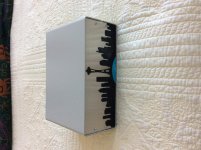
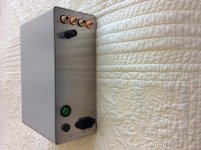
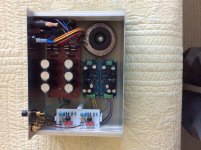
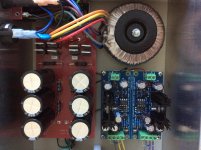
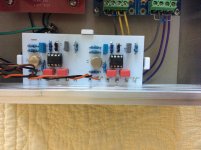
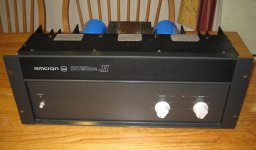

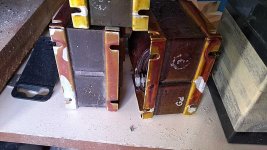
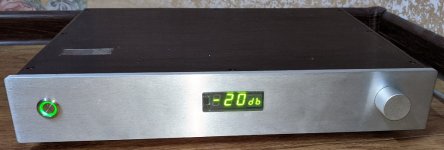
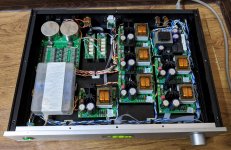
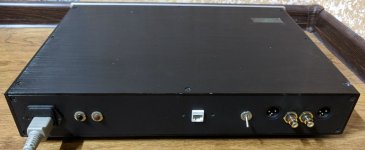
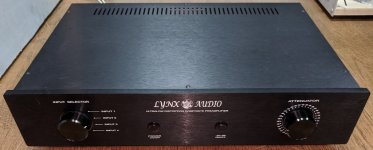
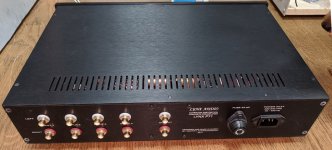
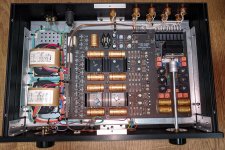
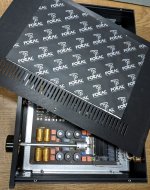
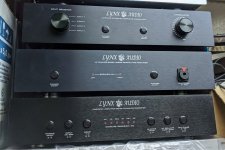
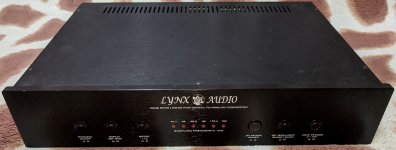
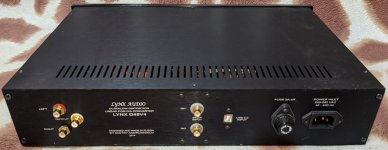
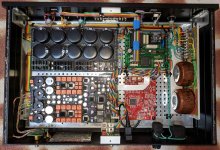
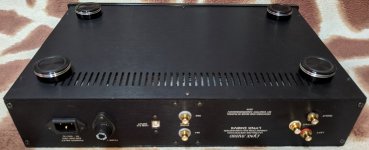
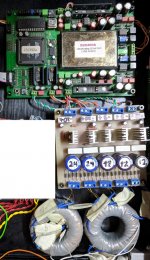
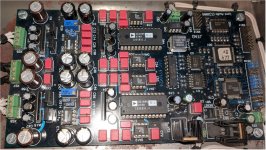
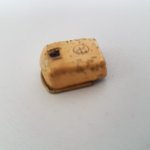
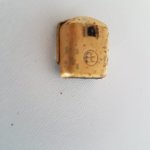
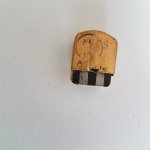
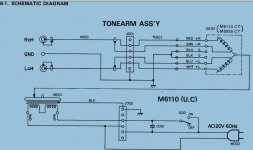
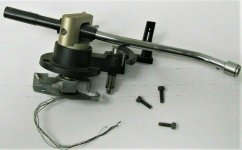
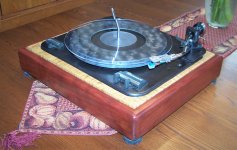
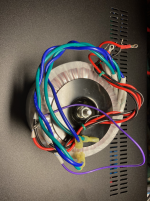
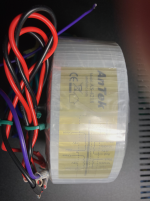
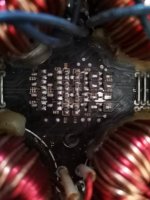
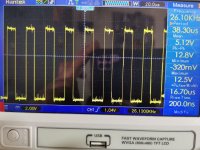
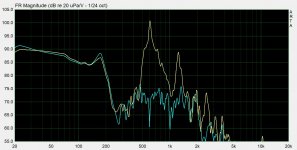

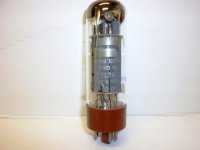
![URL]](/community/proxy.php?image=http%3A%2F%2F%5BURL%3D%22https%3A%2F%2Fworldradiohistory.com%2FArchive-Electronics%2F50s%2FElectronics-1955-04.pdf%22%5Dhttps%3A%2F%2Fi.pinimg.com%2Foriginals%2F8b%2F1e%2F00%2F8b1e00728ef12eb4be4d8b8aa7b075d2.jpg%5B%2FURL%5D&hash=3bf0355e155adf1fb1fb30a14bac79f8)
